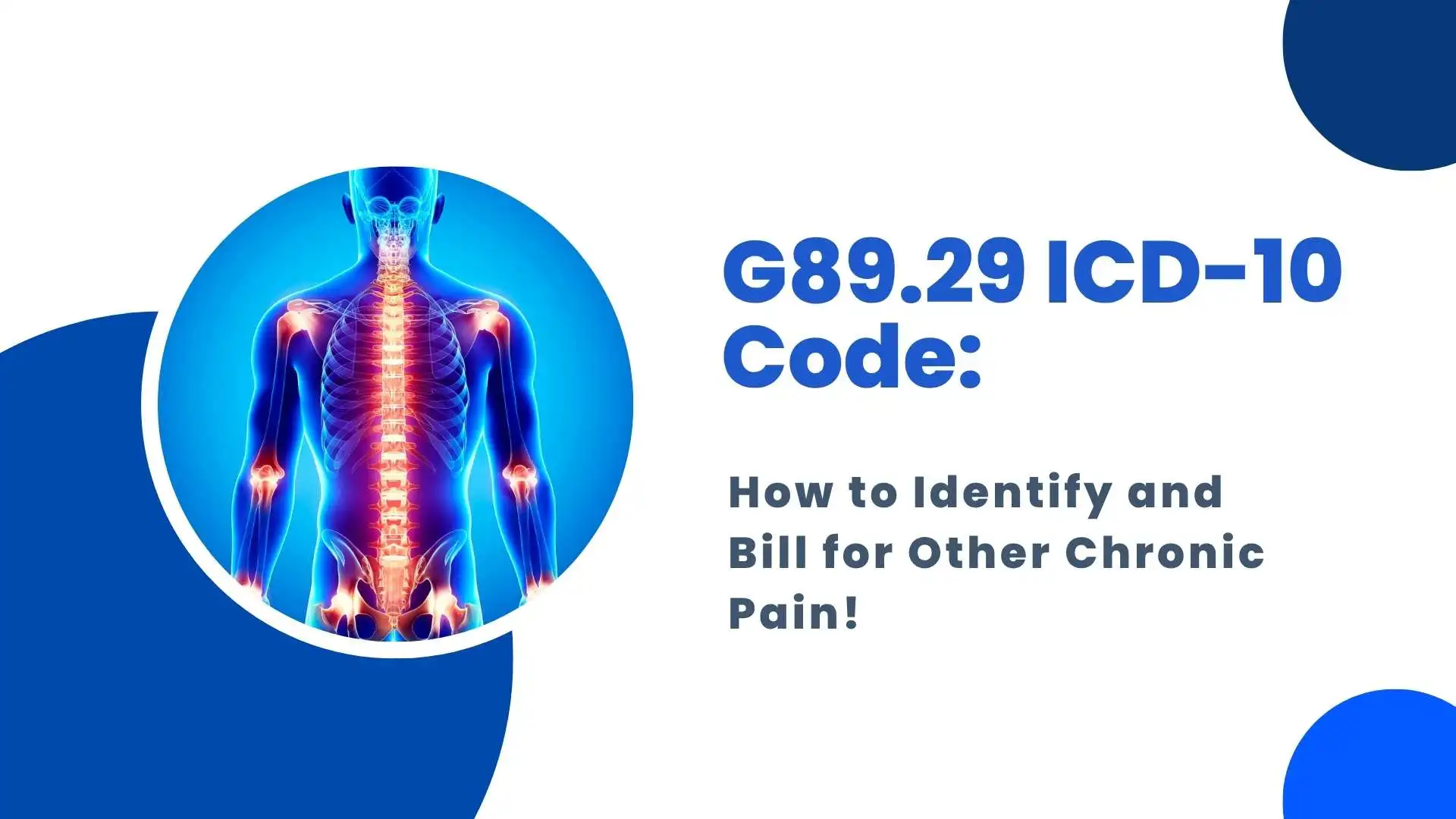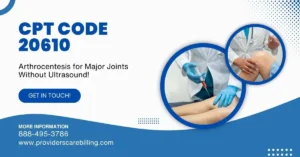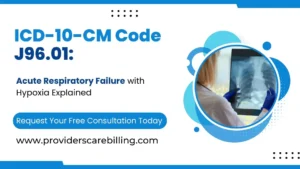Millions experience chronic pain at some point in their lives. It disrupts people’s entire routine. Chronic pain can happen due to multiple reasons, such as back problems, cancer, or any other accident. Whatever the cause, identifying it correctly is essential.
Using the code G89.29 ICD-10 correctly means that treatment can be documented and billed in a manner consistent with other chronic pain settings.
Our blog below will explain what this code means, how it is used in coding, and other matters of concern for clinicians when they identify different types of chronic pain.
Understanding the G89.29 ICD-10 Code
G89.29 indicates“other chronic pain” in the ICD-10 code book. It is a category of chronic pain conditions that is so difficult to specify exactly, with all the symptoms in specific codes. Chronic pain means a pain that persists for three to six months or longer. It often fails to respond to standard therapies. The G89.29 code is one of an entire group of categorizations giving doctors a way to classify pain conditions that do not stem from any single cause, such as cancer or trauma.
You should use this code correctly to ensure patients receive the proper care and that you are reimbursed for it. Chronic pain can arise from many sources. Accurately diagnosing the cause will affect treatment plans and insurance claims.
Importance of Chronic Pain Diagnosis Code
In medical billing, the precise nature of chronic pain diagnosis codes is essential. For instance, G89.29 is used to represent chronic pain in cases where it is not due to other medical diagnoses (as with cancer-related pains or chronic klbp).
G89.29 enables healthcare professionals to code services provided for pain management accurately. If incorrect codes are added, it will delay your bills, which is harmful to both the patient and the healthcare provider.
Chronic Pain Conditions and ICD-10 Codes
To pay the bills of people with chronic pain, one must understand what pain conditions there are and which code is used for these bills. Many conditions coexist. Here we are sharing with you a few common ICD-10 codes connected with chronic pain.
1- Chronic Low Back Pain
Low back pain is common among all ages, especially among seniors. In the medical field, the M54.5 billing code is used. This code is used specifically when the pain is localized to the lower back and no bone cancer or other infectious diseases are discovered as its cause. If the source of pain is an unspecified chronic condition or any other category, G89.29 may apply.
2- Pain in the Abdomen
It is common, and everyone experiences this at some point. It is represented as R10.2 in the bills. However, if this particular pain is not clearly explained and lasts for a considerable period (i.e., chronic), it may be billed using G89.29 for undefined continuing agony.
3- Chronic Pain Syndrome
G89.4 is the ICD-10 code for chronic pain syndrome. This is a situation where you are constantly feeling pain in one or more parts of your body, even though there seems to be no apparent cause.
In addition to G89.4, which is the ICD-10 code for chronic pain syndrome, there are instances in which he pain is multifactorial and does not fit into some other particular Category, like cancer or low back pain. However, if chronic pain is related to other conditions (eg, fibromyalgia/recurrent abdominal pain syndrome), GDP · 298.29 can also be applicable.
4- Cancer-Related Pain
Cancer brings back pain that is both terrible and crippling. This type of pain, when associated with cancer, is classified under G89.3. This is important from the viewpoint of how much we can bill.
It tells us that what has been called `cancer pain’ actually comes from cancer and thus may require treatments as specific as chemotherapy or radiation therapy. G89.3 is used for chronic cancer-related pain. When the pain is due to some cause other than cancer, G89.29 should be used.
5- Chronic Back Pain
Chronic back pain is classified as code M54.2. This means nonspecific low back pain, more or less. Chronic back pain is often seen as one that cannot be defined because Code G89.29 is used for all cases of pain in OA, comparing it with other locations, as per ICD-10, where it does not fit into M54.5 (low-back) or M54.2.
How can someone Identify Chronic Pain for Billing?
To get claims quickly, using the correct billing code is essential. Here are the few steps you have to follow to use the proper codes.
Assess Duration
If you are facing pain for more than 6 months, it is chronic pain, not acute. Before that period, you can not say it is chronic pain.
Find Out the Cause
If the pain is not associated with any particular disease or trauma, such as cancer or an identifiable injury, G89.29 can be used. However, if the pain has been long associated with specific conditions, such as low back pain or abdominal pain, then appropriate ICD-10 codes should be sought.
Look for Other Signs
A healthcare provider should investigate all possible causes of chronic pain. After identifying the correct cause, they can select the corresponding ICD-10 code.
Document the impact
If someone is experiencing chronic pain, it destroys life quality. Therefore, for a medical practitioner, it is essential to note in the records how pain affects a patient’s life.
Billing with ICD-10 Codes For Chronic Pain
In billing, different ICD-10 codes are used; here, we list the various types of chronic pain and their corresponding codes.
- For chronic abdominal pain without an underlying condition, use G89.29.
- If the pain is localized and has been established as a long-standing condition, then use M54.5. If it is not possible to fit into specific categories, G89.29 is the appropriate choice.
- When the pain is part of a syndrome, use G89.4; when it is more general, use G89.29.
- If the pain is related to cancer, the correct code is G89.3. If not, you may need G89.29.
Chronic pain often overlaps with conditions like low back pain, which may be coded using M54.50 for unspecified low back pain, depending on the clinical details.
What Are Common Billing Errors to Avoid?
For medical professionals, it’s also essential to not make the following while billing for chronic pain conditions: incorrect code selection, instead of correctly documenting a pain condition such as M54.2 when listing “Chronic pain with multilevel disc disease” as G89.29 on 10 June as your real-life case confirms with clinical documentation but utilizes reference exception rules systematically throughout many instances to avoid liability and cover past wrongful denials for which vaccines have been given.
Variable definitions of what constitutes a complete set are applied within jurisdictional boundaries in line with national guidelines; violations that do not meet statutory requirements, such as “no medical reports,” will be.
In addition to ensuring that the pain condition is accurately documented, always use the proper code. Using the incorrect code can result in the rejection of the claim. Incorrect information about the duration can also lead to the rejection of the claim.
When to Use G89.29?
G89.29 is the first code insurers should use when describing chronic pain without a specific cause. In other words, it applies to all situations in which chronic pain cannot be neatly categorized within any of the other G89 categories. For physicians, if you are in a situation where
- Pain for longer durations disturbs routine life
- When a patient is facing pain but has no specific injury
- It is also used when there is no clear reason for pain in different parts of the body.
Final Words
Based on the ICD-10 code G89.29, healthcare providers can now identify and invoice for “Other Chronic Pain.” The ICD-10 system is mainly used for preventive care in this respect because it can effectively deal with now-common fabrications, such as non-malignant pain, which have been classified as 100% sterile emergencies.
Or lower back pain. After correctly knowing the chronic pain, doctors can provide effective treatment. It ensures correct treatment and timely payment of claims.
Contact US: Contact Providers Care Billings, LLC today to get professional support in ICD-10 coding and billing.




